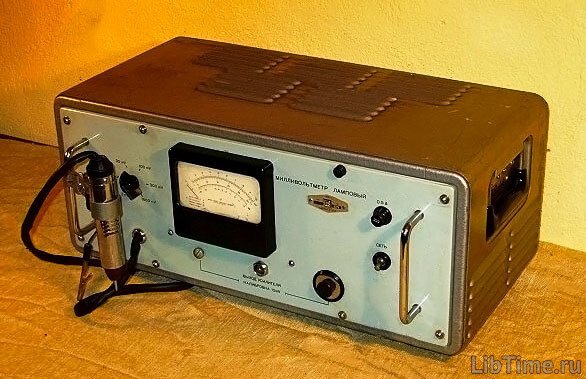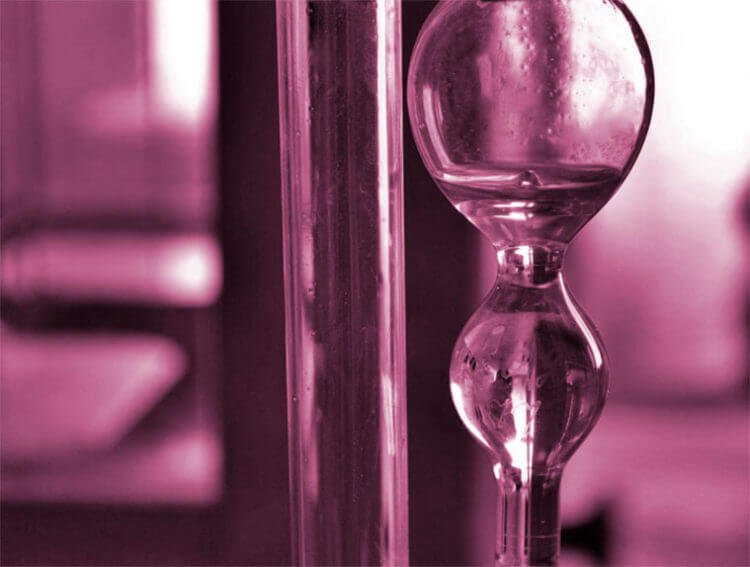DC and AC motors
DC electric motor
DC motors, like electric machines, are reversible, meaning that they can be used as generators and motors without any structural changes.
Electric motor
An electric machine (Fig. 1) consists of two main parts: a fixed stator and a movable armature.
The stator is a frame (6), on the inner surface of which the cores of the main poles (4) with the coil poles (5) and additional poles are fixed. Bearing shields (7, 11) are bolted to the sides of the frame, in which the armature shaft bearings are inserted.
The armature consists of a shaft (10), a core (3), a winding (9) and a collector (1). The armature core is assembled from separate sheets of electrical steel insulated from each other to reduce losses from eddy currents. The armature winding, made of insulated copper wire, is formed by sections that are connected in series, with each section soldered to the collector plates at both ends.
The collector is used to convert alternating current into direct current and to electrically connect the armature winding to the external network by means of fixed brushes (2). The collector is made of copper plates, which are insulated from each other and from the bushing with macanite insulation. The armature shaft is made of high-grade steel. The armature core with the winding, the collector, the support bearings, the fan, the pulley or the coupling are mounted on it. 
The operation of DC motors is based on the principle of interaction of currents flowing through the armature conductors with a stationary magnetic flux created by the pole excitation winding. The DC motor is connected to the working machine via a pulley or coupling.
Alternating current motor
AC motors (motors and generators) are usually divided into two large groups - synchronous and asynchronous machines. The group of asynchronous machines includes AC machines in which the rotational speed of the moving part (rotor) is always different and cannot be the same by the nature of the main physical processes taking place in the machine.
The group of synchronous machines includes AC machines whose rotor speed is always equal to the synchronous frequency of the magnetic field. Three-phase and single-phase alternating current machines are distinguished by the number of phases.
Of all electric machines, the most widely used in both industry and agriculture is the three-phase induction motor with a squirrel-cage rotor. The main parts of an induction motor are a fixed stator and a moving rotor. The structure of such a motor is shown in Fig. 2. 
The stator windings have three starts and three ends, which are brought into the terminal box and connected with an "asterisk" or "delta", which corresponds to a voltage of 380 or 220 V. As current flows through the stator windings, a rotating magnetic field is generated in the stator, which results in the rotor of the motor rotating at a frequency 3...5% less than the rotation frequency of the magnetic field (hence the name "asynchronous", i.e., non-frequency).
The motor shaft generates a torque that is used to rotate the working machine. The main parameters of an electric motor are nominal (nameplate): power, voltage, current, rotor speed, efficiency, strength factor (cos φ), dimensions and weight of the motor.
The main parameters are indicated on the nameplate attached to the motor housing. According to the degree of protection of the electrical equipment windings from the environment, electric motors are: open, protected, water-, splash-, drip-, dust- and hermetically sealed (closed). The motors used in the meat and dairy industry are divided into the following forms (types) of design according to the method of installation
- horizontal with the frame on the legs at the bottom (drive of ammonia compressors, conveyors);
- horizontal with a frame without legs and with a flange on the bearing plate (separators);
- horizontal with a frame with legs and a flange on the shield (rotary pumps).
The method of motor mounting depends on the type of transmission: V-belt, chain, coupling, etc.


